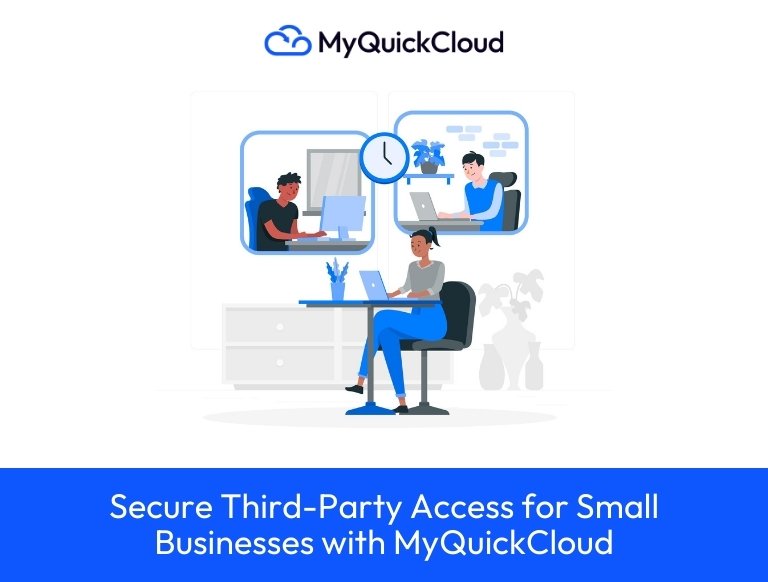COVID-19 has become one of the most significant business challenges of our time. It has created the biggest work-from-home experiment across different industries. Businesses have had no option but to adapt to a new way of working as even the most thorough business-continuity plans hadn’t foreseen such a situation. Now, different world governments are considering to reopen, and so are organizations. Businesses have to re-imagine work, the role of offices, and create a safe and productive life for their employees.
Pre-COVID, work was all about the company culture, productivity, and winning the talent pool war. The battle cries were from prime office space competition, sleek open office designs, densification, and hoteling. The pandemic created a significant business shift as offices, stores, and factories are relatively empty.
A poll carried out by Gallup in April pointed out that 62% of Americans have been working remotely during the lockdown. Both employees and employers are surprised at how quickly and effectively digital collaboration technologies have been adopted. For the majority, the results are way better than expected.
If the restrictions were lifted, 59% of the workers would love to continue working remotely. The employees have enjoyed flexibility in their work-life balance as well as liberation from long commutes, making them more productive. Organizations, on the other hand, have discovered ways to reduce real-estate costs, increase employee productivity, and recruit talent with fewer location limitations.
For others, working remotely is overrated. Acclimatizing to the work-at-home lifestyle with complaining spouses and bored kids have been a hard nut to crack. The environment hasn’t been ideal for productivity. In fact, women have pointed out that it’s harder for them to contribute in a male-dominated video conference calls. A clear indication that the pandemic has amplified the burden on working mums.
The management now bears the responsibility to navigate businesses through the disruption. They have to make a wise and informed decision on how and when to return to work.
Factors to consider as businesses look ahead to the reopening
Health and safety
It is the number one priority for any business considering a back-to-work policy. The health and safety of employees are ethical, moral, and legal concerns for the management. Companies can’t resume work without a proper laid out plan on how they’ll safeguard their employee’s wellbeing.
Businesses have to ensure they have complied with the local, state, and federal health and safety regulations. Social distancing rules and deep cleaning and sanitization protocols have to be observed. Also, guidelines on protective equipment, employee screening, and return-to-work policies on the infected employees have to be followed.
Who will work onsite, and when?
Returning to work may mean transitioning back to the office, recalling furloughed employees, or ramping up the remote work infrastructure for employees to keep telecommuting. Most companies will work with all three options. The management has to create a strategy to get the business back on track ASAP while minimizing the risk to employees. The primary focus is on knowing the mission-critical employees who have to be in the office or factory. Then, having them there as soon as the health and safety measures are in place.
Carry out an analysis of the roles that can smoothly transition to remote working. Inform employees on who should come in when and the shifts or flexible work time table. The aim should be to reduce onsite headcount as much as possible to reduce the risk of violating safety regulations.
What is the required support for employees to manage change?
Well-crafted plans often fail without employee buy-in. During a crisis, the management should be empathetic and understand that their employees have been affected differently. Some may have pre-existing conditions and may fear to return to work. Others can’t wait to get back onsite while some have caregiving responsibilities, so they’d prefer a flexible schedule. Sensitivity is a must.
The employees will need some time to adapt to the workplace after a considerable period away. The company has to be ready to help them acquire a mindset shift. Also, the employees may need assurance of the steps the business is taking to ensure their safety. All employers should ensure there are effective communication and response channel for employee requests and concerns.
What infrastructure will boost remote-working?
With the majority of the workforce preferring to continue working remotely, companies need to streamline remote work infrastructure. Employees can only be productive with access to the required equipment and business data. Employers can provide cellphones, laptops, and a secure internet connection.
Companies can save money by making it possible for employees to use their own devices. Businesses need to have some remote access set up to access company data and systems from anywhere. This can be accomplished using a VPN, screen takeover application, or an enhanced remote access software.
MyQuickClooud can help you create a Bring Your Own Device (BYOD) work environment. With this setup, your employees can use their devices to access company systems and other necessary information. The manager can dictate the applications each employee can access.
Alternatively, businesses can have a remote desktop solution to enable their employees to work across different locations. With a remote desktop, all company data will be on one computer known as the host. Each employee is given their unique login to the host where they can work individually or collaboratively on any files or system they need. The manager can set the system/data permissions for the employees.
As a business, all connectivity is handled by MyQuickCloud, so no need to set up firewalls, static IP addresses, or VPNs. There is end-to-end data encryption ensuring data security and privacy. Additionally, all the data remains on the host computer, not on the employee’s devices.
The social, economic, and humanitarian challenges brought about by CODVID-19 are unprecedented. With the return-to-work plans underway, companies have to also think about family-friendly workplace policies.
No business can afford to dispense old habits and systems. Only companies with the best-crafted return to workplace policies will reinvent their roles, increase collaboration, attract and retain top talent, boost productivity, and reduce costs.





